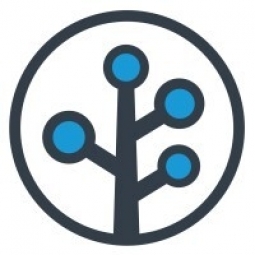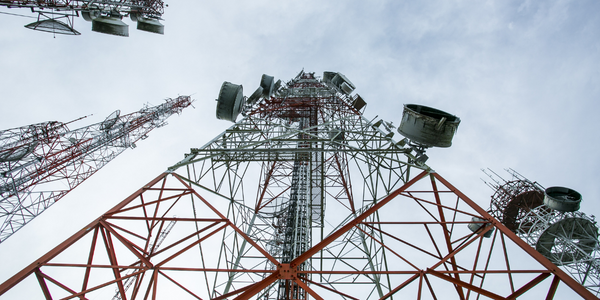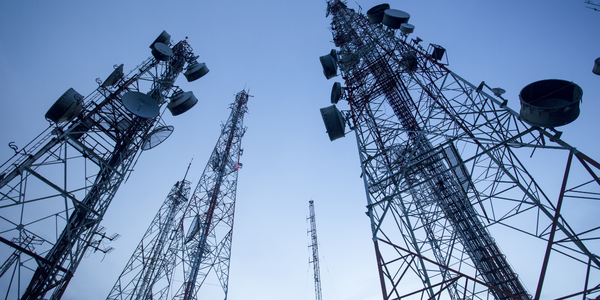Technology Category
- Platform as a Service (PaaS) - Application Development Platforms
- Robots - Wheeled Robots
Applicable Industries
- Cement
- Telecommunications
Use Cases
- Retail Store Automation
- Track & Trace of Assets
About The Customer
The customer in this case study is EazyDiner, India's largest restaurant and table booking app. The company was looking for a way to re-engage its existing customers and accelerate the adoption and usage of its app. EazyDiner wanted to leverage the power of referrals to bring in valuable, engaged users with minimal financial investment. The company aimed to create a seamless referral program that would allow its users to easily share their referral link via various platforms and direct the referred user to the most appropriate destination.
The Challenge
The challenge was to re-engage existing customers and accelerate app adoption and usage for EazyDiner, India's largest restaurant and table booking app. The company wanted to leverage the power of referrals to bring in valuable, engaged users with minimal financial investment. The success of the referral program hinged on the ability to seamlessly link one platform to another, allowing users to easily share their referral link via various platforms like social media, email, or text. Furthermore, the referred user needed to be directed to the most appropriate destination, either directly to the app if it was already installed on their device or to the relevant app store for download if not.
The Solution
EazyDiner leveraged Branch's mobile linking platform (MLP) to build a seamless referral program. Existing users could invite friends and family to join the EazyDiner app by sharing a trackable referral link via social media, email, or text message. This link redirected the invited user to the relevant app store for them to download the app and sign up. Once the invited user completed the sign-up process, both the referrer and the referee received a Rs.300 dining voucher redeemable via the app. Branch's MLP could recognize a user across both the web and app, retrieve the last clicked link, and carry the link data into the app when the user opened it for the first time and signed up. This allowed marketers to deliver a delightful user experience and accurately track each click, install, and conversion.
Operational Impact

Case Study missing?
Start adding your own!
Register with your work email and create a new case study profile for your business.
Related Case Studies.

Case Study
System 800xA at Indian Cement Plants
Chettinad Cement recognized that further efficiencies could be achieved in its cement manufacturing process. It looked to investing in comprehensive operational and control technologies to manage and derive productivity and energy efficiency gains from the assets on Line 2, their second plant in India.
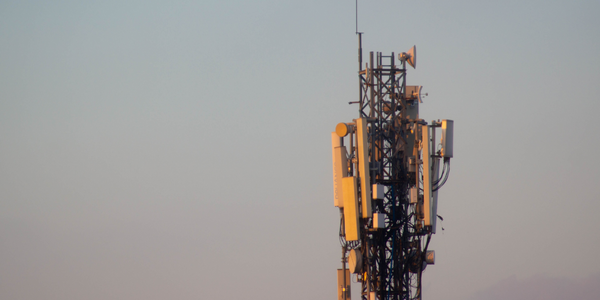
Case Study
Vodafone Hosted On AWS
Vodafone found that traffic for the applications peak during the four-month period when the international cricket season is at its height in Australia. During the 2011/2012 cricket season, 700,000 consumers downloaded the Cricket Live Australia application. Vodafone needed to be able to meet customer demand, but didn’t want to invest in additional resources that would be underutilized during cricket’s off-season.
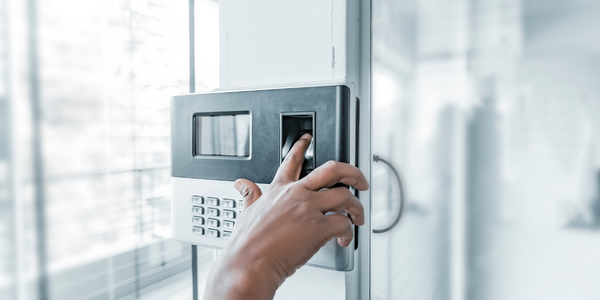
Case Study
SKT, Construction of Smart Office Environment
SK T-Tower is the headquarters of SK Telecom. Inside the building, different types of mobile devices, such as laptops, smartphones and tablets, are in use, and with the increase in WLAN traffic and the use of quality multimedia data, the volume of wireless data sees an explosive growth. Users want limitless Internet access in various places in addition to designated areas.




